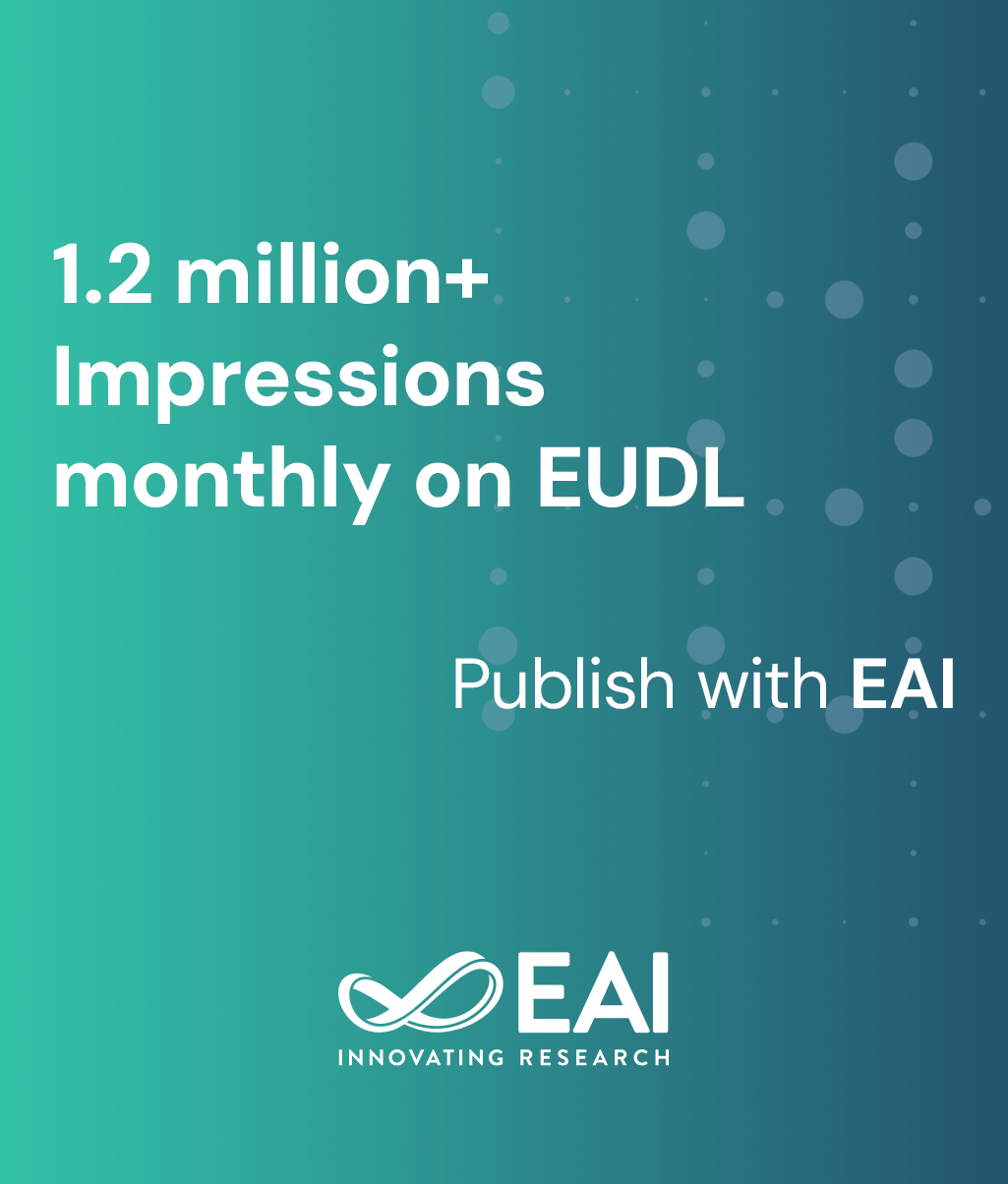
Research Article
Analysis of Data Mining Techniques and Algorithms on Diabetes Dataset
@ARTICLE{10.4108/eetpht.11.5317, author={Youssef FAKIR and Salim KHALIL and Weam FAKIR}, title={Analysis of Data Mining Techniques and Algorithms on Diabetes Dataset}, journal={EAI Endorsed Transactions of Pervasive Health and Technology}, volume={11}, number={1}, publisher={EAI}, journal_a={PHAT}, year={2025}, month={10}, keywords={Data Mining Technics, Association Rule Mining Algorithms Diabetes, FP-Growth, SVM, Logisitic Regression, Random Forest}, doi={10.4108/eetpht.11.5317} }- Youssef FAKIR
Salim KHALIL
Weam FAKIR
Year: 2025
Analysis of Data Mining Techniques and Algorithms on Diabetes Dataset
PHAT
EAI
DOI: 10.4108/eetpht.11.5317
Abstract
The fundamental goal of this work is to prepare and carry out diabetes prediction using various Machine Learning techniques and conduct output analysis of those techniques to find the best classifier with the highest accuracy. This study use the Pima Indian Diabetes Dataset and applied the Machine Learning classification methods like Random Forest (RF), Support Vector Machine (SVM), and Logistic Regression (LR) for diabetes prediction. The performance of each algorithm is analysed to determine the one with the best accuracy. The dataset includes details like pregnancies, glucose levels, blood pressure, and other important health information. The focus of this study is to unify FP-Growth algorithm with ML algorithm in order to predict diabetes. The FP-Growth is used to extract the frequent items for data pre-processing before prediction. LR algorithm stands out with high accuracy, showing promise in predicting type 2 diabetes when using the risk factors identified by FP-Growth algorithm. The results help guide future research and make it easier to choose the best algorithms, especially ones that are fast, for medical decision support systems. LR algorithm stands out with high accuracy, showing promise in predicting type 2 diabetes when using the risk factors identified by FP-Growth algorithm.
Copyright © 2025 Youssef Fakir et al., licensed to EAI. This is an open access article distributed under the terms of the CC BY-NCSA 4.0, which permits copying, redistributing, remixing, transformation, and building upon the material in any medium so long as the original work is properly cited.


